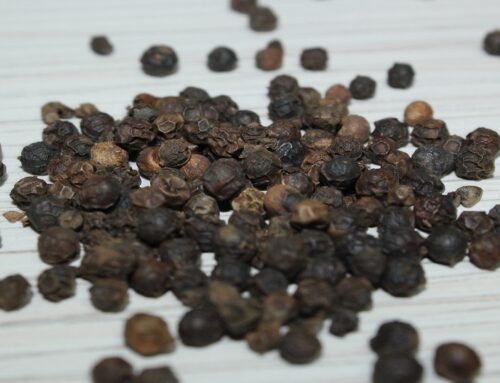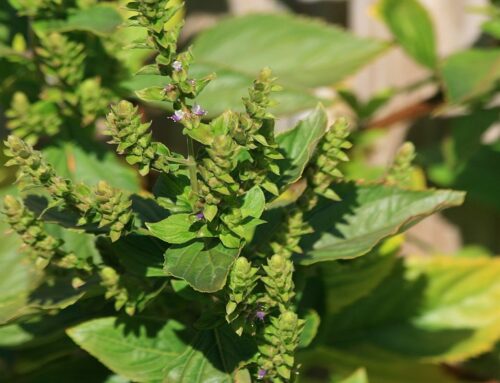Organic certification is a certification process for producers of organic food and other products. Certification of any product acknowledges that its production has been done according to organic production standards. The production standards vary from country to country, based on their certifying bodies, but the general concept remain the same:
- No use to human sewage sludge fertilizer in cultivation process
- Avoid synthetic chemical application (See National List, for permitted substances)
- Use of organically converted and certified farms
- Avoid use of genetically modified (G) products in production
- Maintenance of proper records on crop practices, sales and purchase
- Prevent contamination of field and product from non-certified substances
- Use of organic seeds and planting stock, based on availability in market
- Periodic field inspections by certification agents
Also, in order to claim any product as ‘organic’, certification is required, especially for exporting. Worldwide, inspection and certification of organic foods is done, based on two overlapping sets of guidelines and norms; statutory certification norms and the Voluntary/civil certification norms. The Voluntary/civil certification norms are stricter to statutory certification norms. The Statutory norms are legal guidelines by the government, in relation to certification of organic produce, regulation of import-export, trade agreements between countries etc. Two of the most highly accepted voluntary certification agencies are CODEX and IFOAM (International Federation of Organic Agriculture Movements). At the international level, the FAO/WHO Codex Alimentarius Commission (the inter-governmental body that sets the food standards) has produced international guidelines for production, processing, labeling and marketing of organically produced foods. These guidelines are followed to, by the members of the Codex Alimentarius Commission. IFOAM also set up an International Basics Standards for Organic Production and Processing, similar to Codex Alimentarius guidelines. Both the guidelines are minimal standards for organic agriculture, intended to guide governments and private certification bodies in standard settings. Governments have used these guidelines for setting up their own organic agriculture programmes. Example is India, USA, and Argentina etc. Some of the other voluntary certification agencies are Naturland, Demeter, soil Association etc
Labeling is an important visual tool of certification. The labels vary the name of the certifying body and the standards with which it complies. The label therein, informs the consumers on the type of standards followed during production and processing of the product as well as the type of recognition granted by the certifying agency. Different organic labels give different meanings. For example, USDA stresses that only foods with 95 to 100% organic can use the USDA organic label.
Labeling protocols followed by USDA for organic products are:
- 100% Organic: This means the product is or made with 100% organic ingredients, can display USDA seal
- Organic: Food contains at least 95% organic ingredients, can display USDA seal
- Made with organic ingredients: Product contains at least 70% organic ingredients, cannot use USDA seal, but may list the organic ingredients on packaging
- Contains organic ingredients: Food that contain less than 70% organic contents, not display USDA seal, but may list the organic contents on package
Indian organic labeling specifications also follow similar system for mixed organic products.
We regularly publish informative videos on various “Food, Agriculture, Gardening and Horticulture” topics. You may view these videos here…
You may also check out our Digital Publishing Services for Food, Agriculture, Gardening and Horticulture Sector by visiting this link







Leave A Comment
You must be logged in to post a comment.